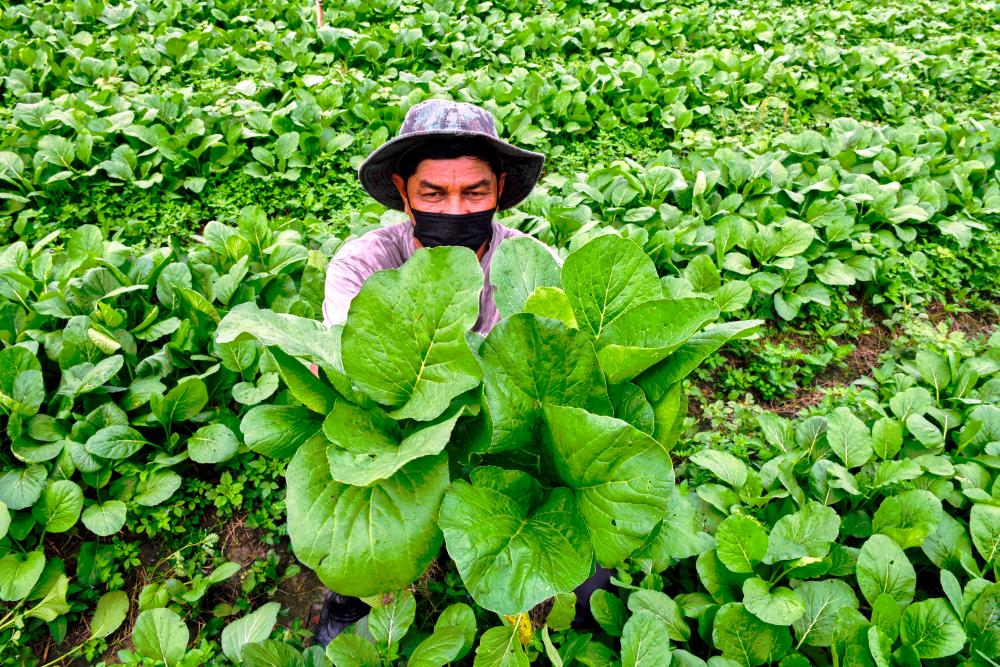PETALING JAYA: As temperatures continue to soar across the country, farmers are having a pesky problem on their hands. As much as 30% of their crops are damaged due to pest infestation.
Cameron Highlands Malay Farmers Association president Datuk Syed Abdul Rahman Syed Abdul Rashid said pests and mites are usually a serious concern during dry and hot weather from May to August.
However, this year’s weather seems to have peaked early, with temperature hovering around 35°C in most parts of the country.
“Damage to crops ranges from 10% to 30% depending on the type of crop one is cultivating. For example, the damage that lepidopteran larvae cause on cabbages usually peaks in hot dry weather.
“Now that the heat is scorching, such pests are increasing, which means greater damage to crops and bigger dent on revenue. If the damage at most farms is about 30% on normal days, it would have risen more now.
“It is worth noting that most pests have developed resistance to major types of pesticides in the market, which means the normal dose can no longer control them like it used to. This will also result in a drop in the quality of the produce.”
Syed Abdul Rahman said the fastest way to control pest infestation is to use pesticides.
“However, the better method to control pest infestation is Integrated Pest Management (IPM). With IPM, farmers use chemical pesticides only when it is necessary.
“Farmers are also advised to use pesticides on a routine basis such as the calendar spraying method. Under calendar spraying, pesticide is applied on specific days after planting, without taking into account the presence or absence of pests.
“While it is best to grow crops without the use of pesticides, the use of chemical pesticides is sometimes unavoidable,” he said.
Syed Abdul Rahman added that damaged crops are usually sold at a lower price. However, some damaged produce are unmarketable and cannot be sold.
“Some farmers claim they have lost up to 30% of overall sales for vegetables such as tomatoes, brinjal and cucumber due to pests. This is because the appearance of fruits and vegetables is important to buyers.
“Only marketable crops are packed and transported to collection centres and most of the unmarketable ones are thrown away,” he said, adding that farmers should practise composting and turn unmarketable crops into organic fertilisers.
Universiti Putra Malaysia Department of Plant Protection head Assoc Prof Dr Norida Mazlan said the higher temperature will increase the growth rate of insects.
“The impact of a heatwave is significant on insects as higher temperatures shorten their life cycles, thus allowing the population of pests to multiply faster, which increases the spread of diseases in crops.”
Norida said several types of pests are prevalent during heatwaves, although some would die due to their sensitivity to higher temperatures.
“For example, the main pests for fruit trees are fruit flies and diamondback moths, which can be found in cruciferous plants such as cabbage and mustard. Also, the most serious pests for many cash crops are aphids and whiteflies. Most of these insects’ life cycles will be shortened during the heatwave,” she said.
Norida pointed out that there is no quick fix to pest infestation.
“If a farm does not have a balanced ecology system to encourage natural control, the fastest way to get rid of pests is by applying pesticides. However, this method is not sustainable and will have detrimental effects on the environment and consumers.”









